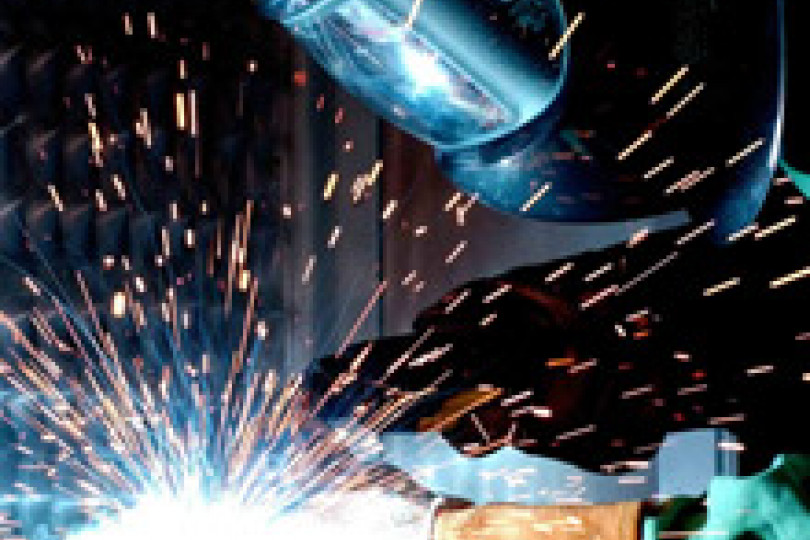Revised National Maintenance Agreement is easier to use
CLIENTS IN THE energy, automotive and manufacturing sectors requested that more than $8.7 billion in industrial maintenance and construction projects be completed solely under the terms of the National Maintenance Agreement (NMA) last year — more than double the value of exclusive project requests in 2010, say the group’s administrators.
Created in 1971, the NMA is one of the most popular and widely respected project labor agreements in the country. It is administered by the National Maintenance Agreements Policy Committee, Inc. (NMAPC), a 28-member deliberative body made up of an equal number of representatives from labor (14 international building trades unions) and management (union contractor firms).
Billions of dollars of work is completed under the NMA each year, because the program offers a straightforward set of uniform terms and conditions as well as a great deal of scheduling flexibility and a built-in rapid response dispute resolution process via the committee. Clients — the end users of the services provided by union contractors and craft workers — can utilize the NMA on their industrial projects, regardless of size or duration, or for select portions of projects.
However, a rapidly growing number of clients are deciding that the NMA should be utilized for all aspects of their large, complex projects from start to finish. Many of these “yellow card” projects, as they are known in the industry, take several years to complete, cost billions of dollars and employ thousands of union workers, creating significant benefits for local and regional economies.
In 2011, the value of projects worked under the NMA yellow card designation totaled $8.7 billion, more than double the value of yellow card projects in 2010 ($4.3 billion). In addition, the combined value of yellow card projects in 2010 and 2011 — $13 billion — is more than three times the combined value of the previous three years: between 2007 and 2009, just over $4 billion in work was completed under the yellow card designation.
“It’s gratifying to see so many clients achieve the maximum benefit from the program by opting for yellow card projects,” said Steve Lindauer, NMAPC Impartial Secretary and CEO. “The huge growth in yellow card use in 2011 is proof that the NMA is quickly becoming the ‘agreement of choice’ in the industrial maintenance and construction industries.”
“It’s one thing for a client to choose to use the NMA in the first place,” Lindauer continued. “But when that client takes the next step and decides that the NMA — and only the NMA — will be used for every aspect of a huge project, from the smallest task to the most critical, the message couldn’t be clearer. When you’re dealing with millions or billions of dollars, you don’t commit to a project labor agreement unless you are confident that doing so will result in a safe, efficient jobsite and an end product of the highest quality, delivered professionally, on time and on budget,” he said.
Moving into 2012 and beyond, Lindauer is confident that use of the yellow card designation will continue to increase. “The growth in 2011 was phenomenal, but I truly believe it’s just the beginning. We have just released a revised version of the NMA that is more practical and easier to use than ever before. The committee is confident the revised NMA will attract more work from both new and existing clients, along with an increase in the number of signatory contractors, and generate increased support among the 14 building trades unions that participate in the NMAPC program. And as the NMA grows, so too will use of the yellow card designation.”
The National Maintenance Agreements Policy Committee Inc. negotiates and administers the National Maintenance Agreements, a series of collective bargaining agreements utilized by more than 2,000 industrial contractors who employ members of 14 building trades international unions. The agreements provide a cost-effective vehicle for contractors and skilled building trades workers to perform construction, maintenance and repair work for the country’s industrial and manufacturing base.
The NMAPC was the first national labor management organization in the construction industry to become incorporated, and is based in the philosophy of tripartite cooperation between the customer, contractor and union craft personnel. To date, the NMAPC program has accounted for more than 2 billion work-hours for the building trades and contractors.
For more information, visit www.nmapc.org.






